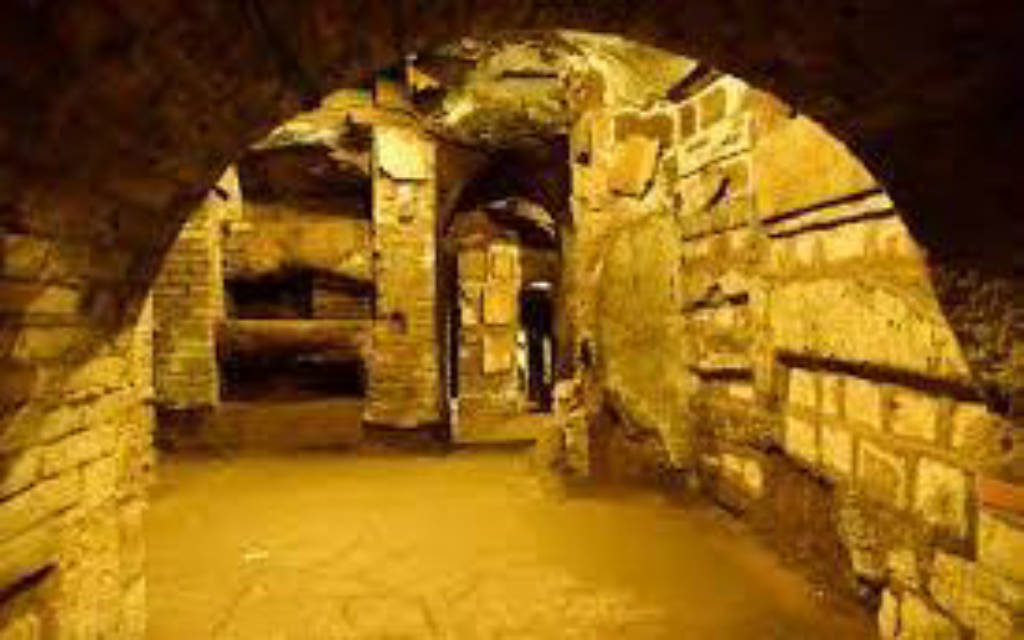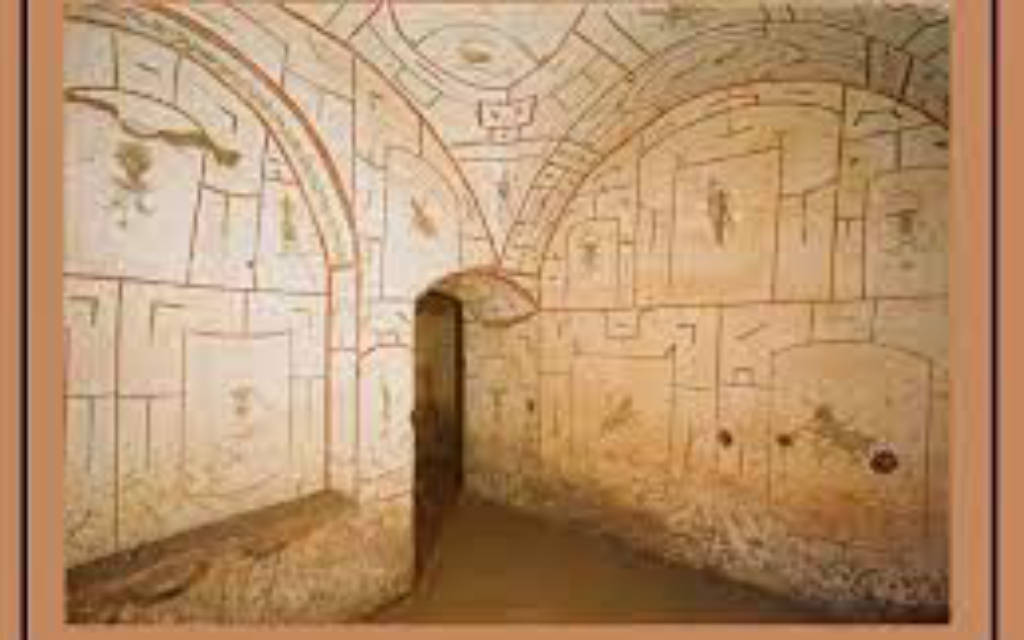The Catacombs of San Sebastiano, located along the ancient Appian Way in Rome, Italy, are an extensive network of underground burial chambers and tunnels. These catacombs hold historical and religious significance, providing a glimpse into the early Christian practices of burial and worship.
The Catacombs of San Sebastiano are named after Saint Sebastian, an early Christian martyr. The site is traditionally believed to be the final resting place of the saint's remains, although his relics were later moved to the Basilica of San Sebastiano fuori le Mura. The catacombs gained prominence during the 3rd century AD when Christianity faced periods of persecution, and the underground chambers became a place of refuge for Christians to bury their dead and gather for religious ceremonies.
The catacombs feature intricate frescoes, inscriptions, and symbols that offer insights into the Christian beliefs and rituals of the time. Visitors can explore the labyrinthine passages, which include various levels and chambers where early Christians were buried, often in loculi (niches) or cubicula (small rooms). The underground complex also includes areas that served as places of communal worship and commemoration.
One notable feature is the "Cubicle of the Greek Chapel," adorned with well-preserved frescoes depicting biblical scenes and Christian iconography. The Catacombs of San Sebastiano provide a unique archaeological and spiritual experience, showcasing the convergence of history, art, and faith in the early Christian era.
Guided tours are available, allowing visitors to delve into the fascinating history and cultural significance of the Catacombs of San Sebastiano, making it a compelling destination for those interested in Rome's Christian heritage.
 Register
RegisterSign in Travel Agent
Sign in Supplier
Sign in Affiliate
Sign in Guru





 Via Appia Antica, 136, 00179 Roma RM, Ý
Via Appia Antica, 136, 00179 Roma RM, Ý